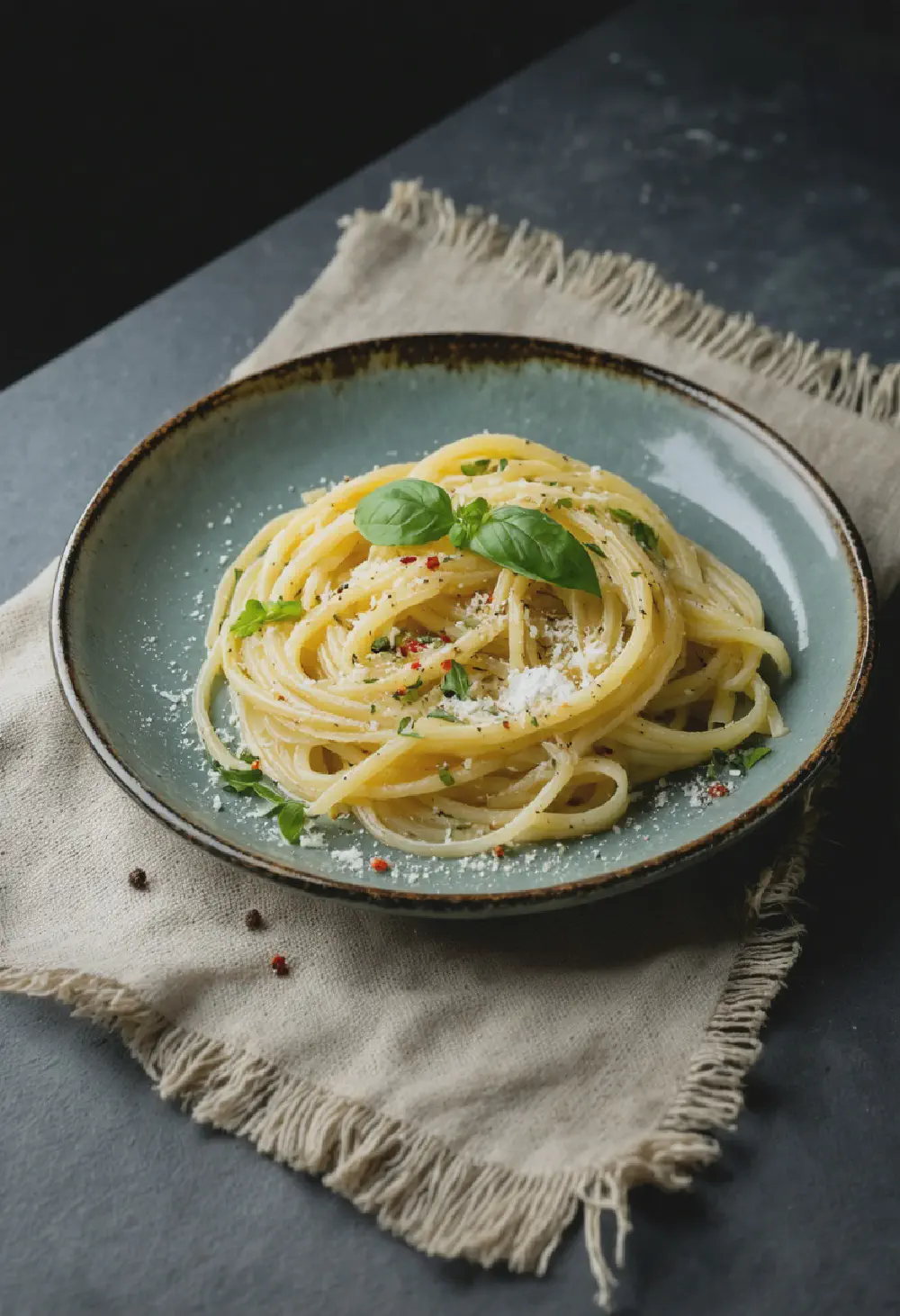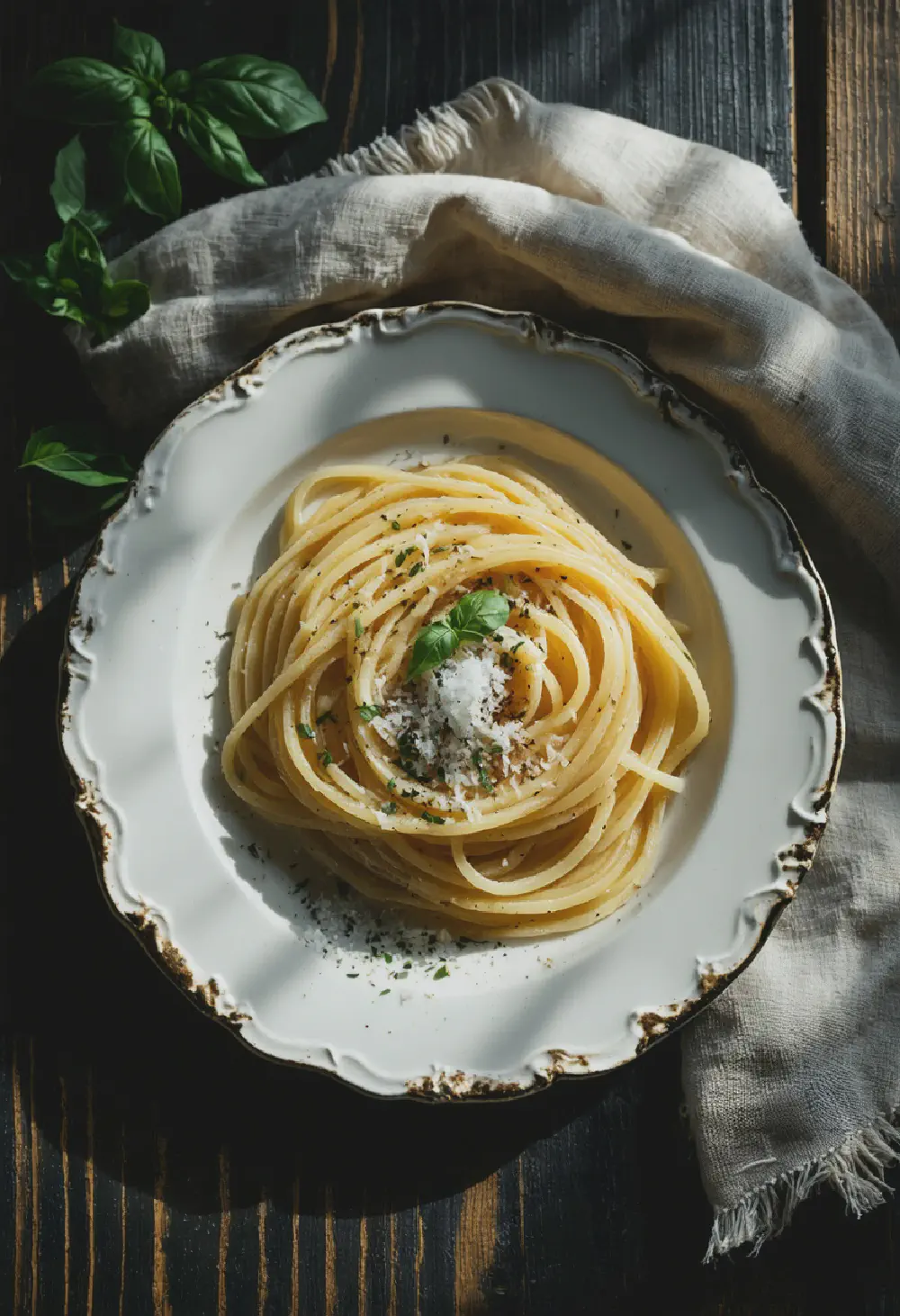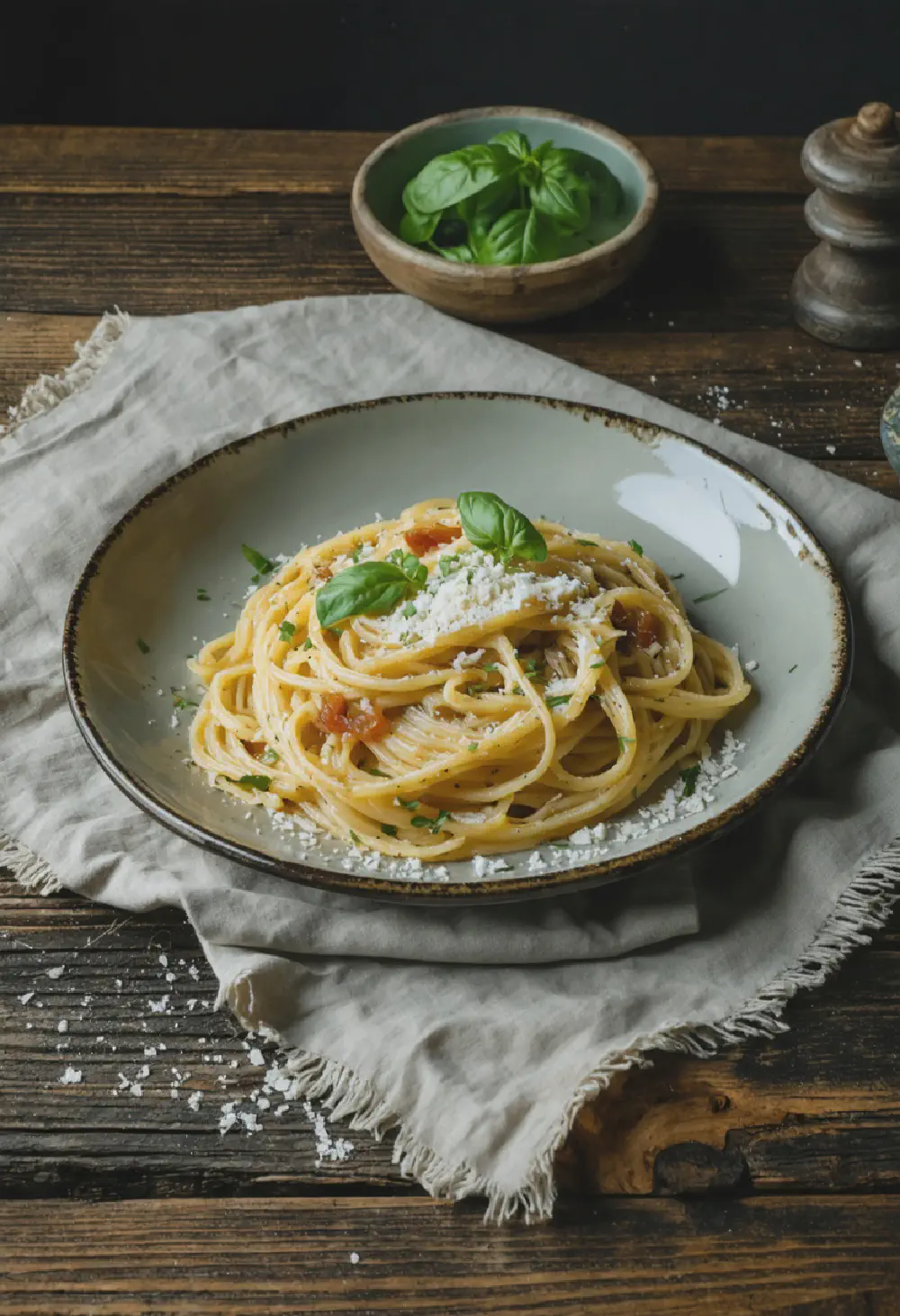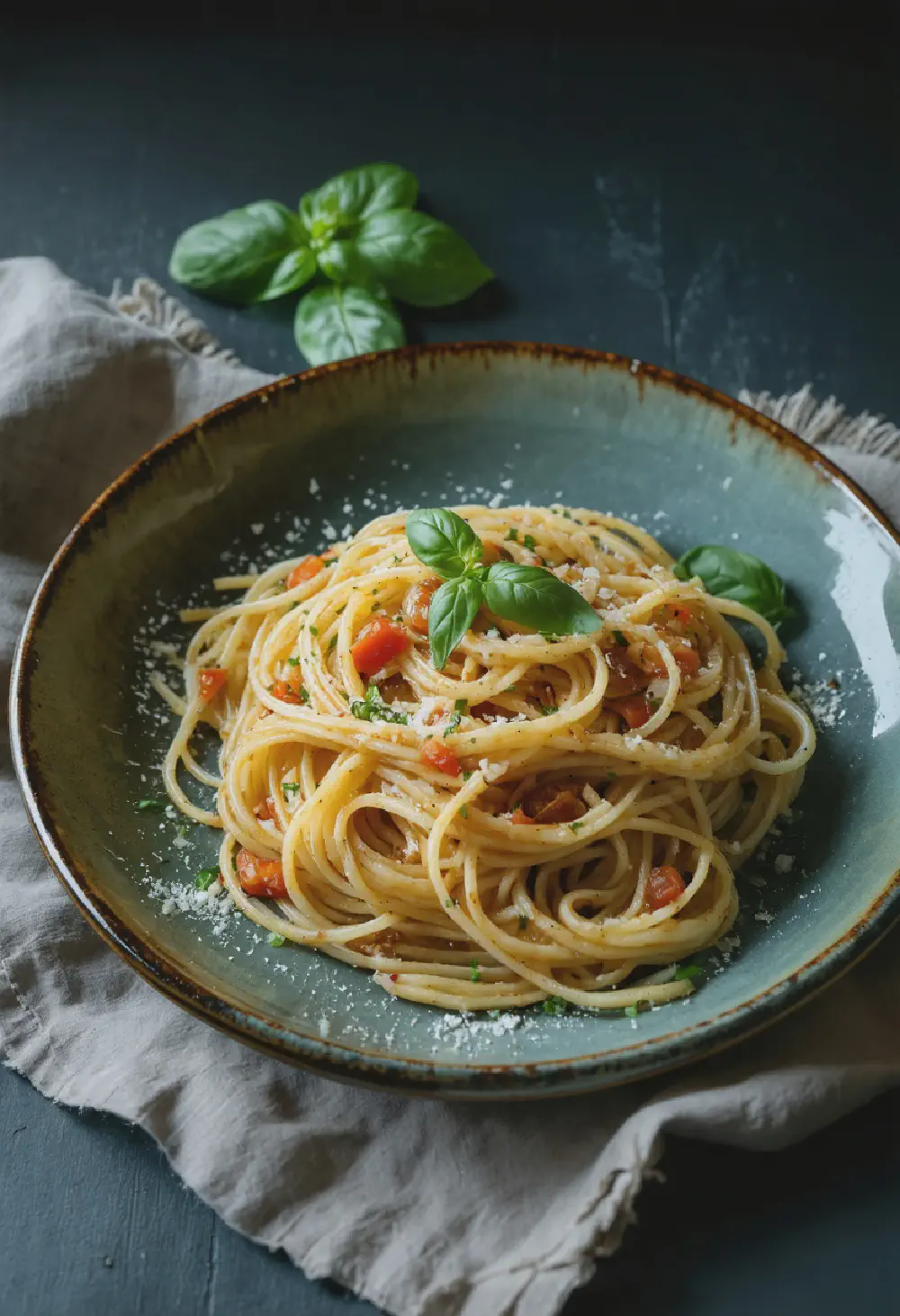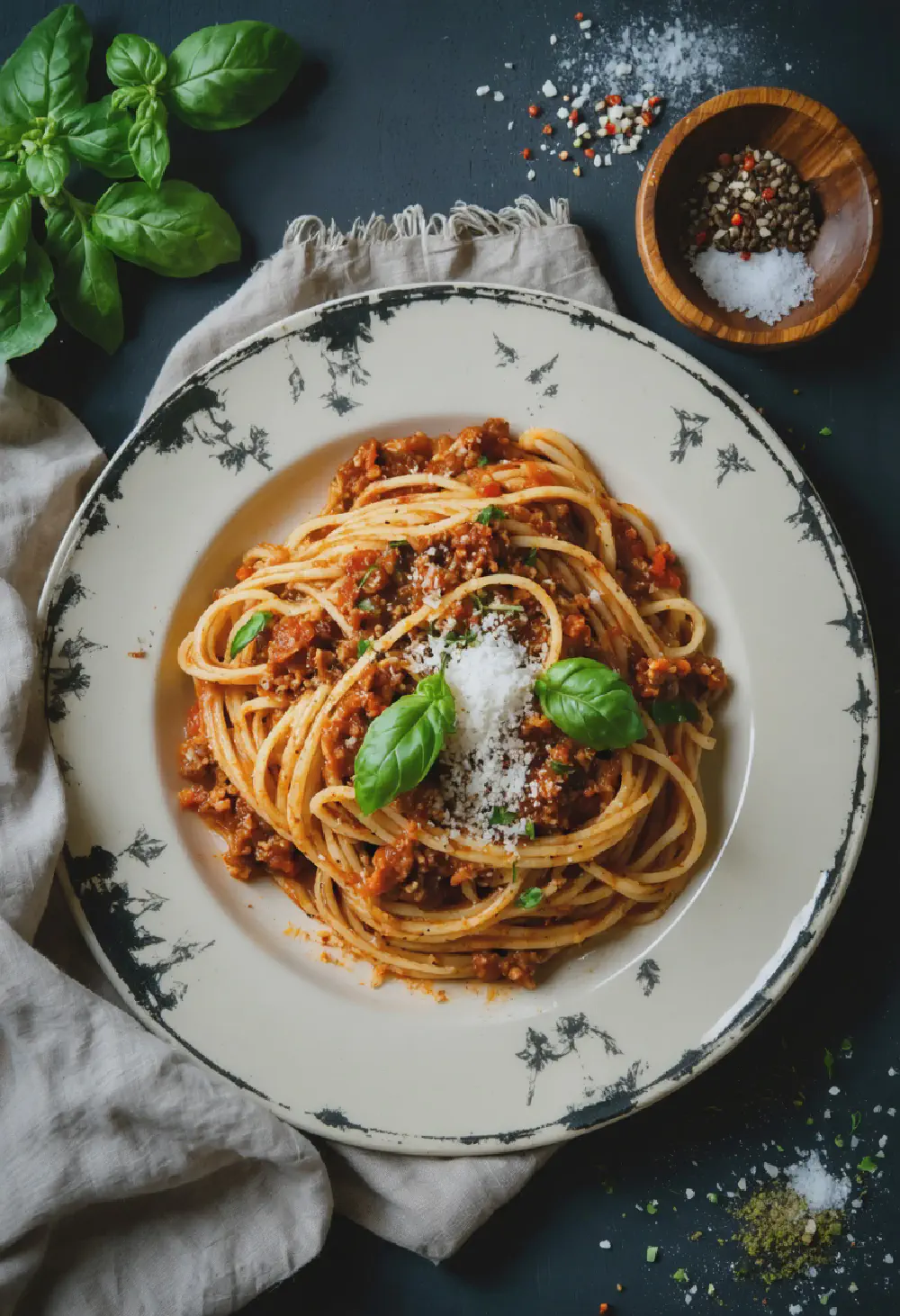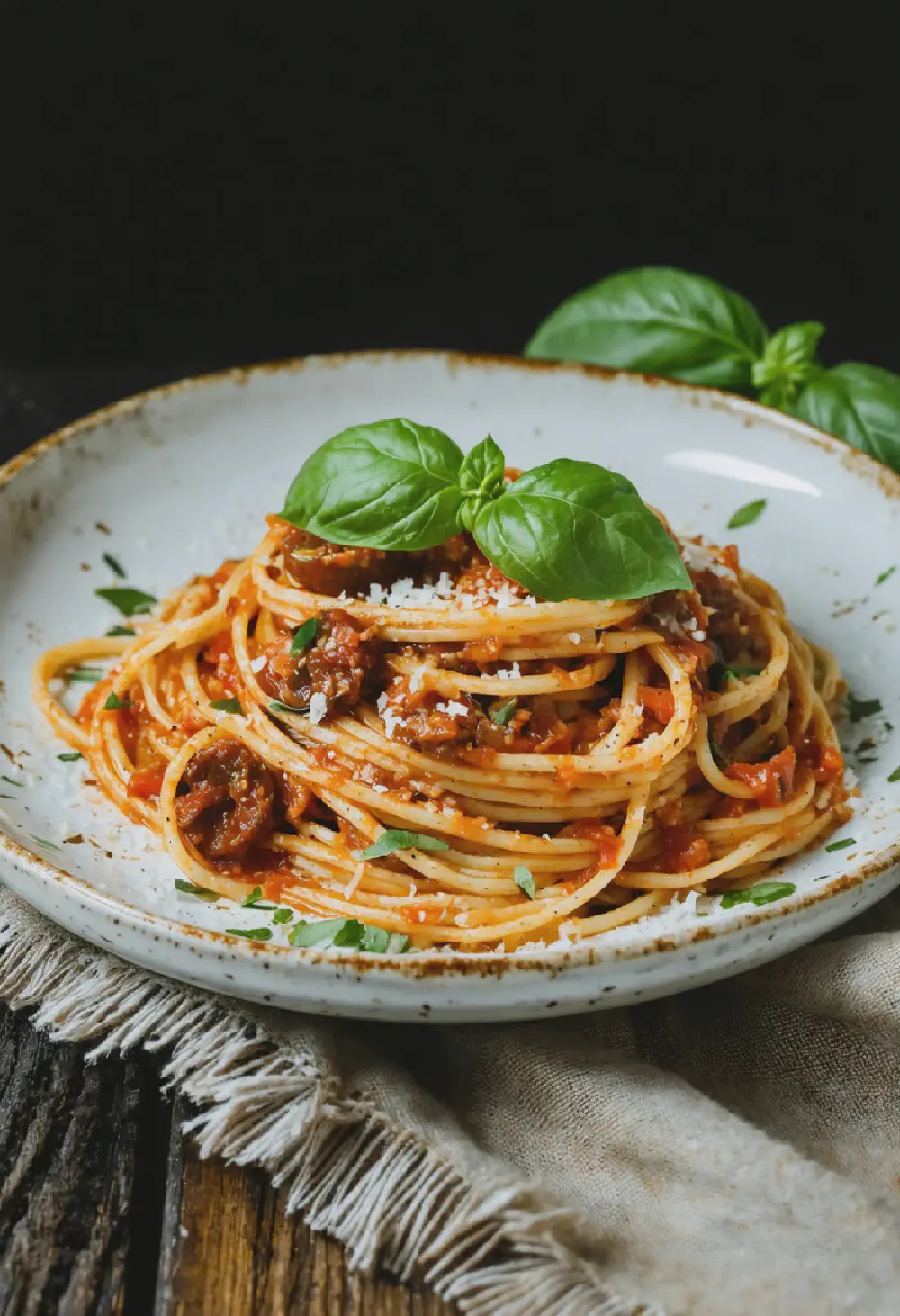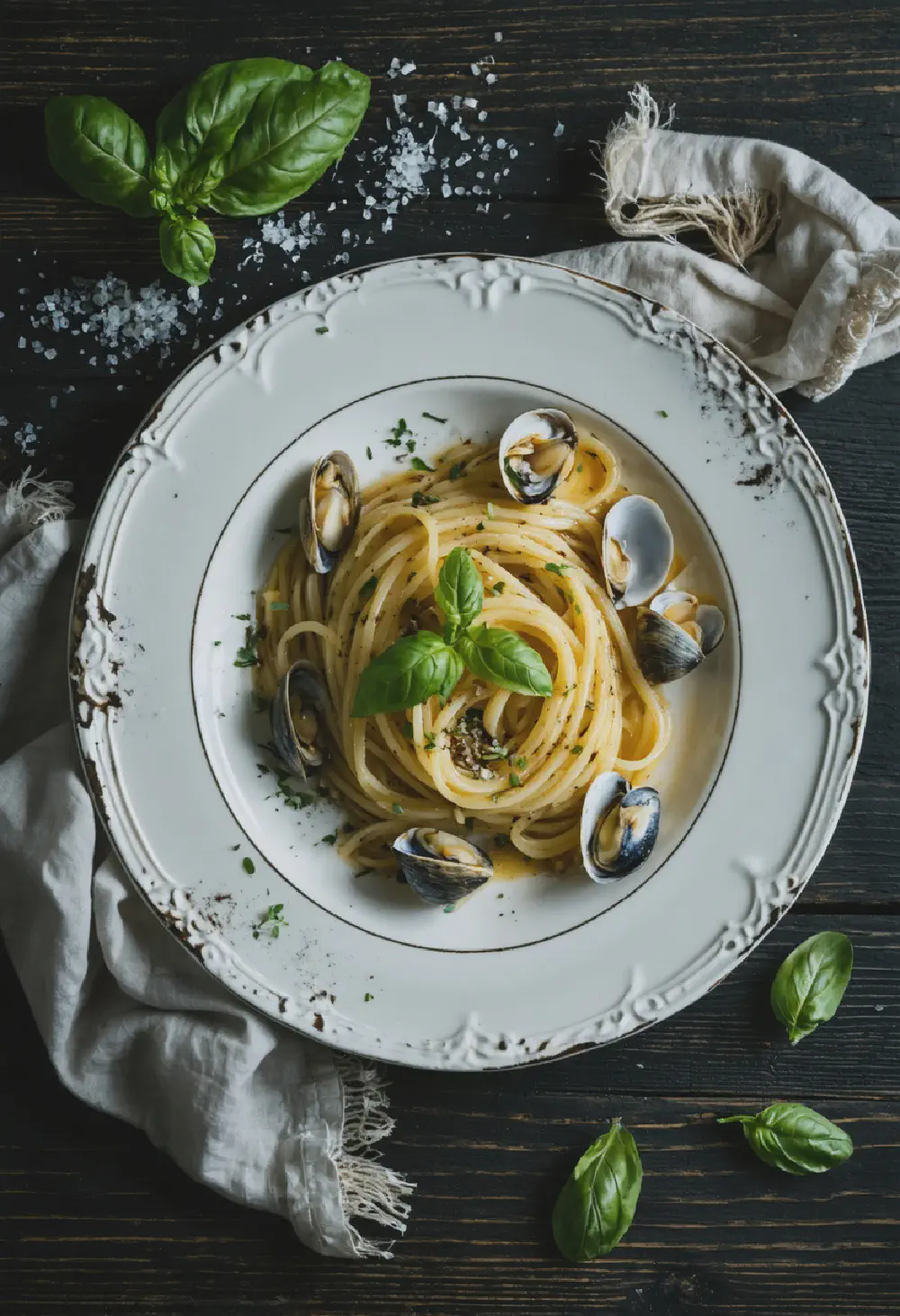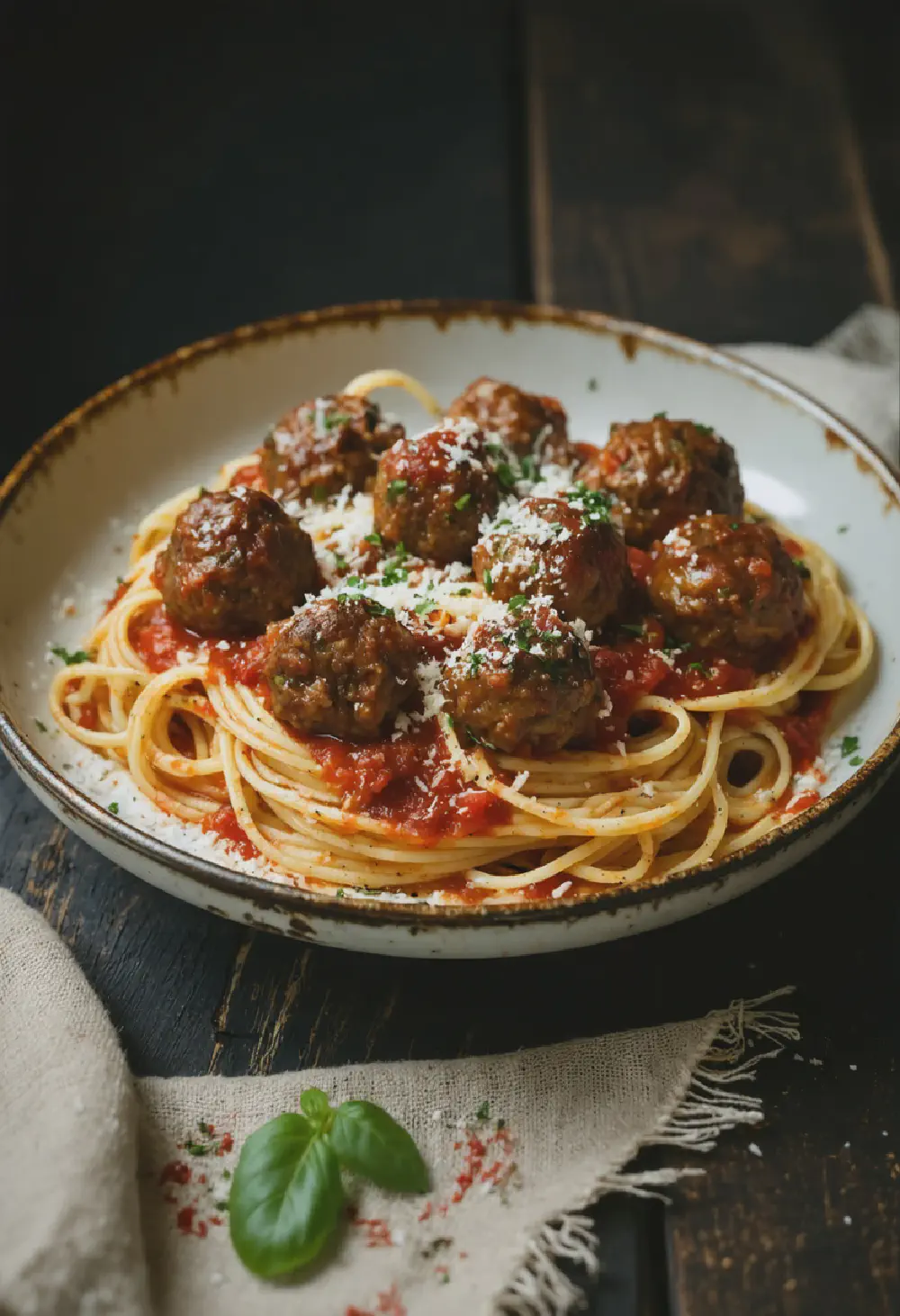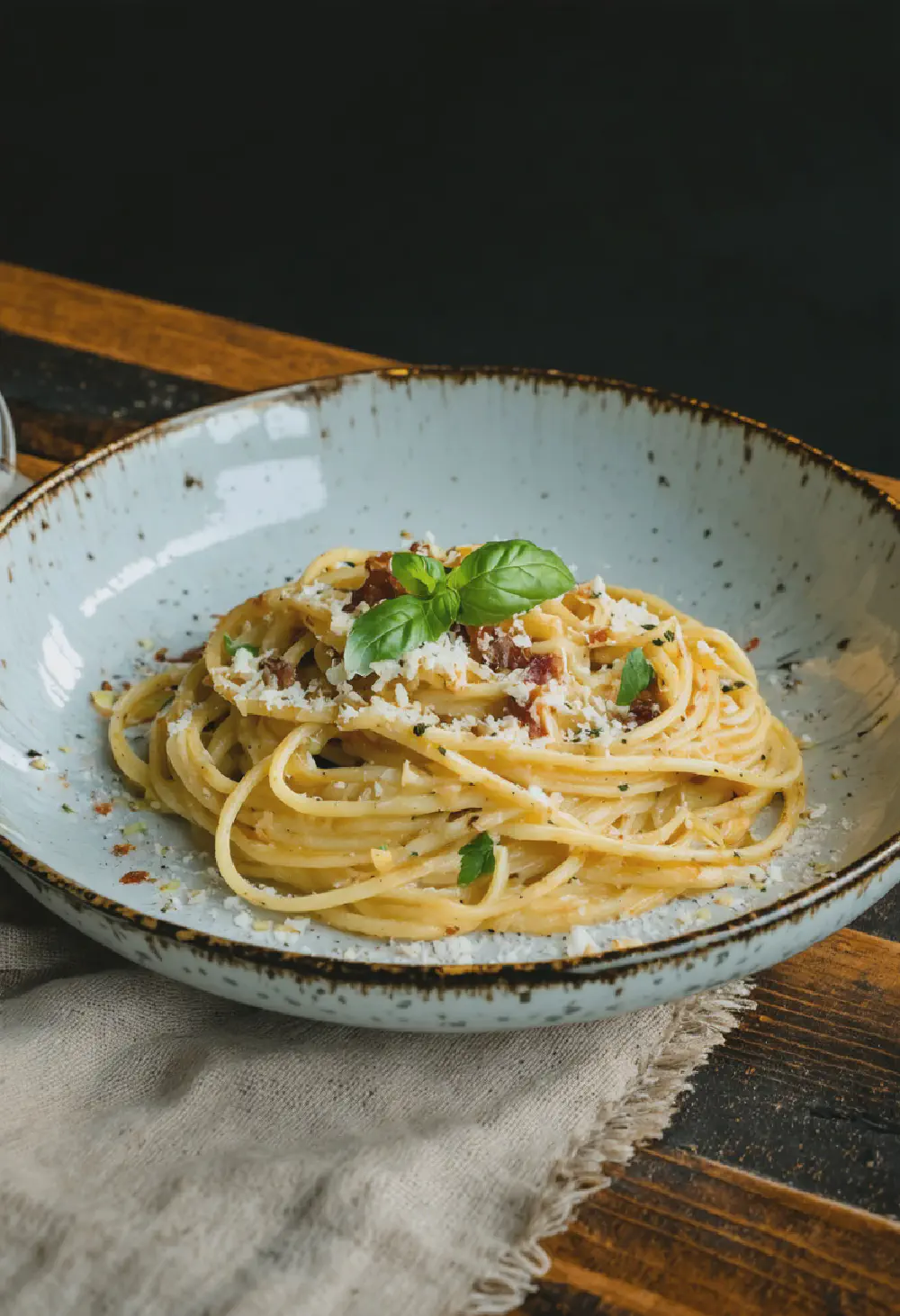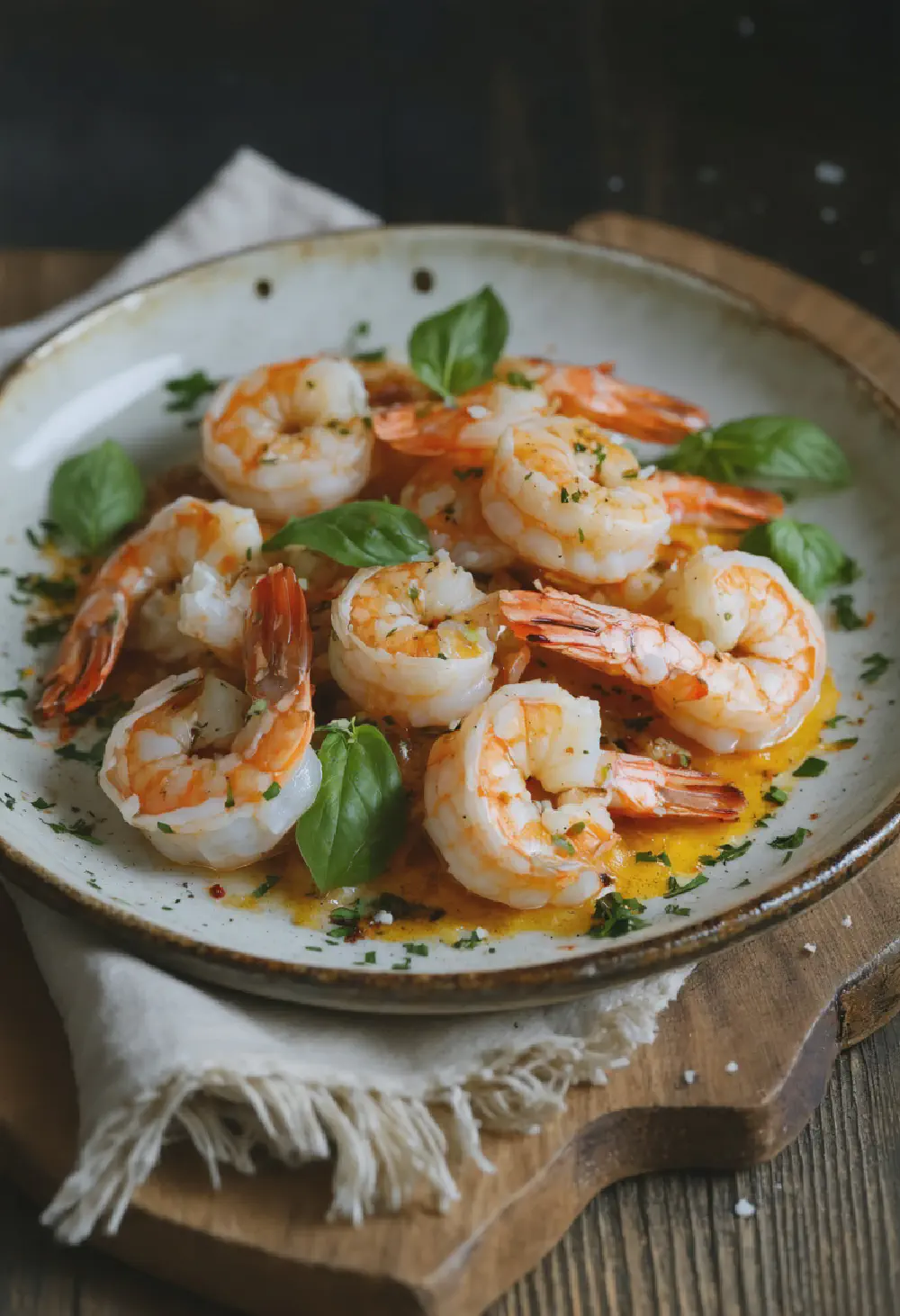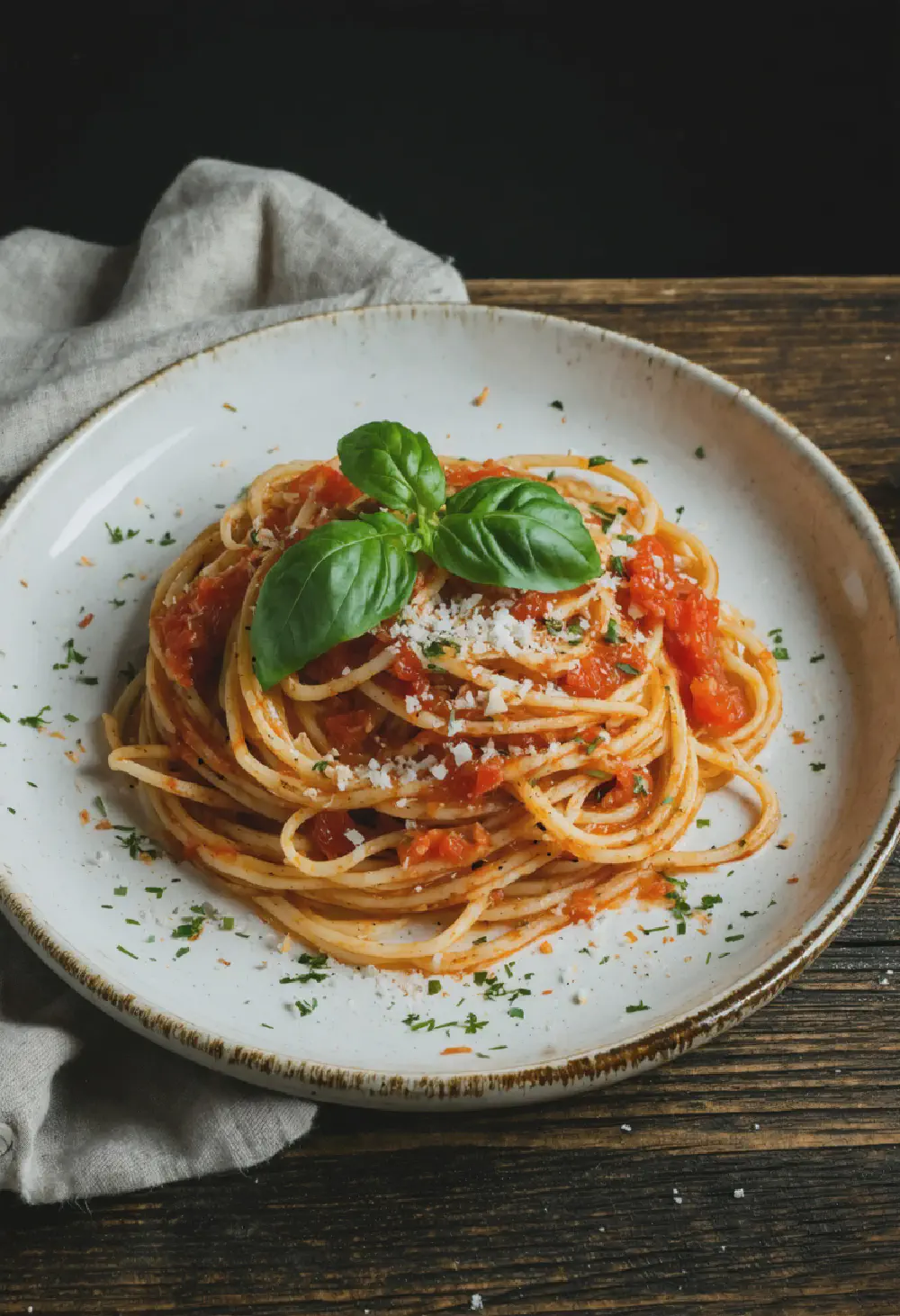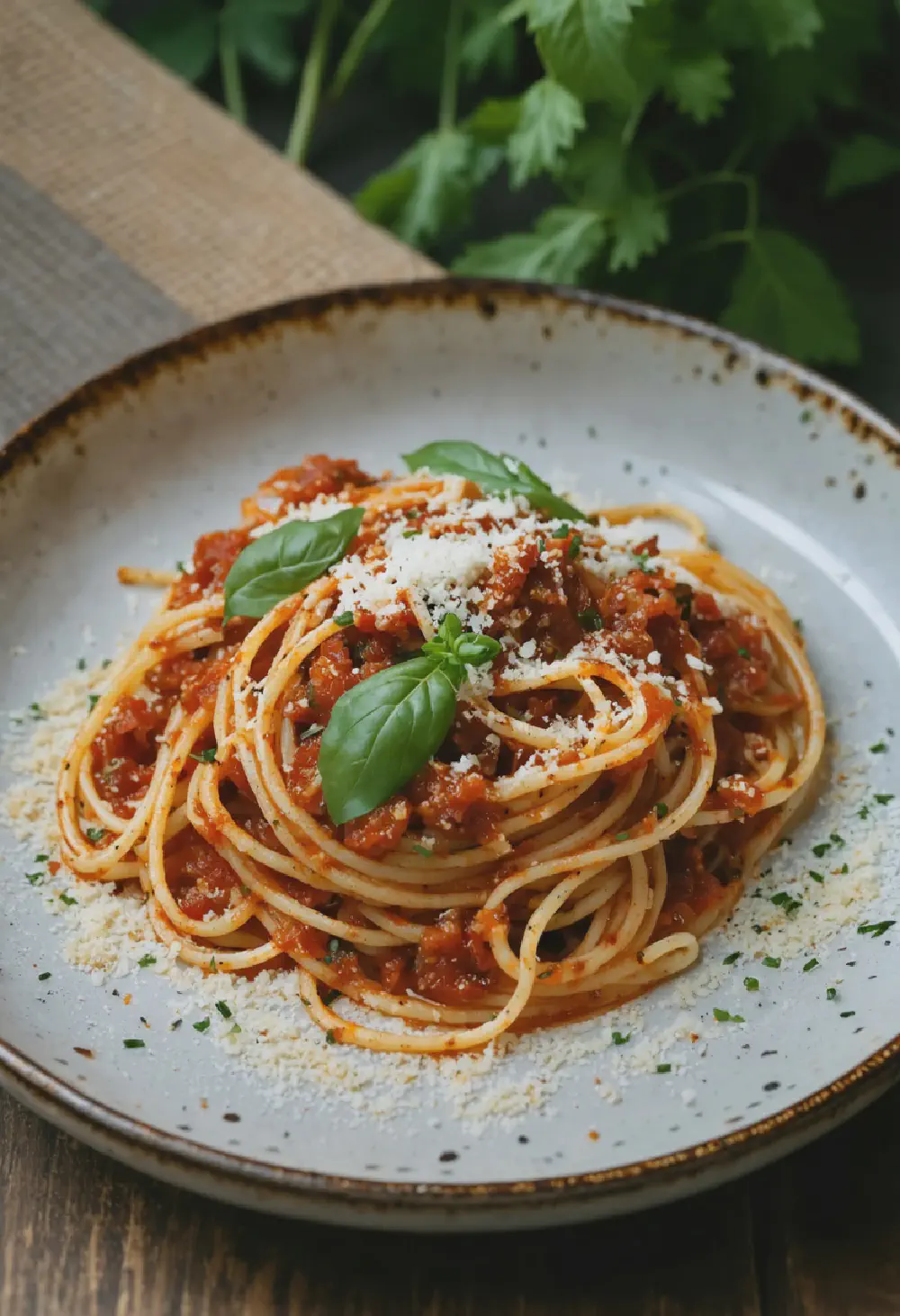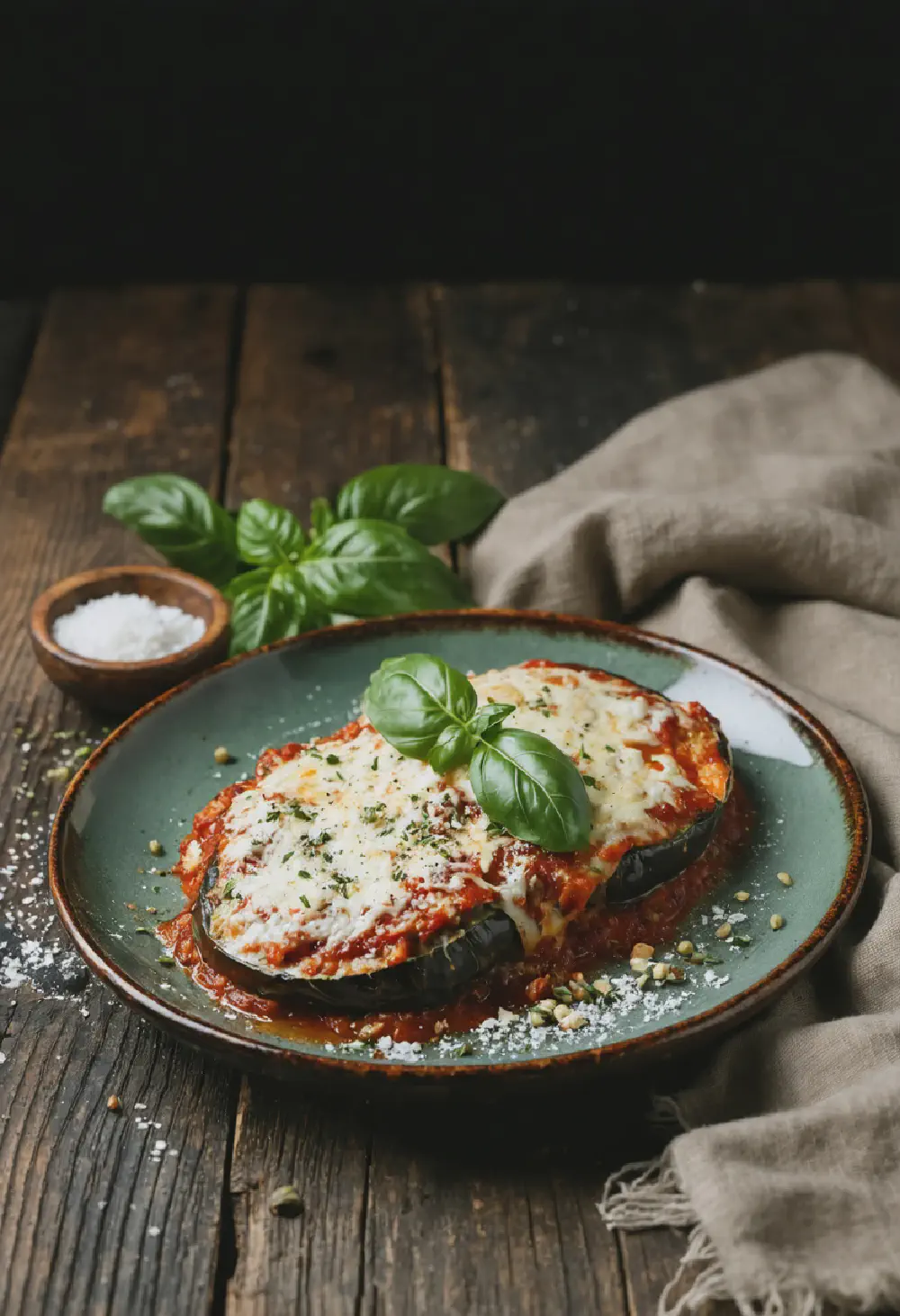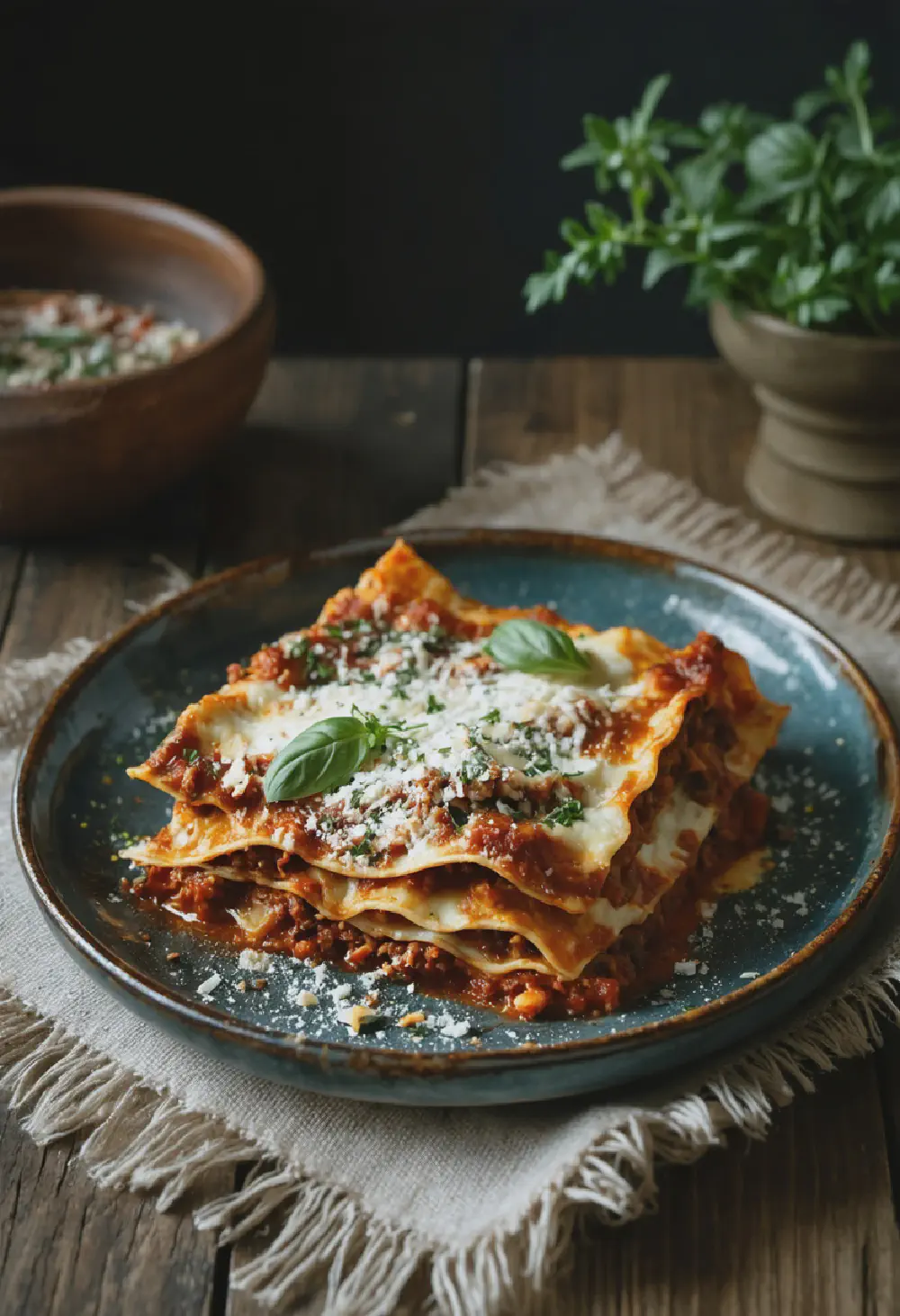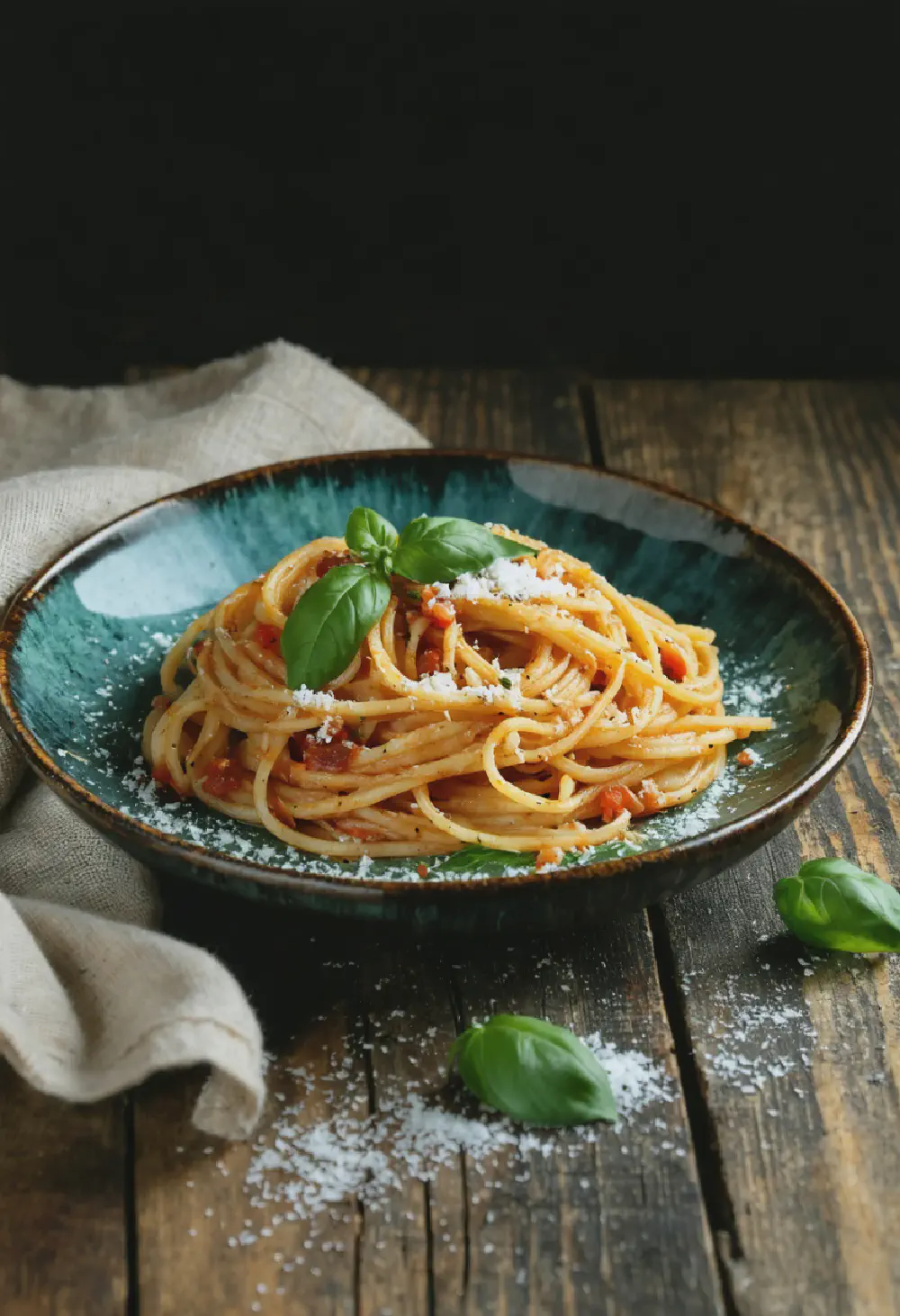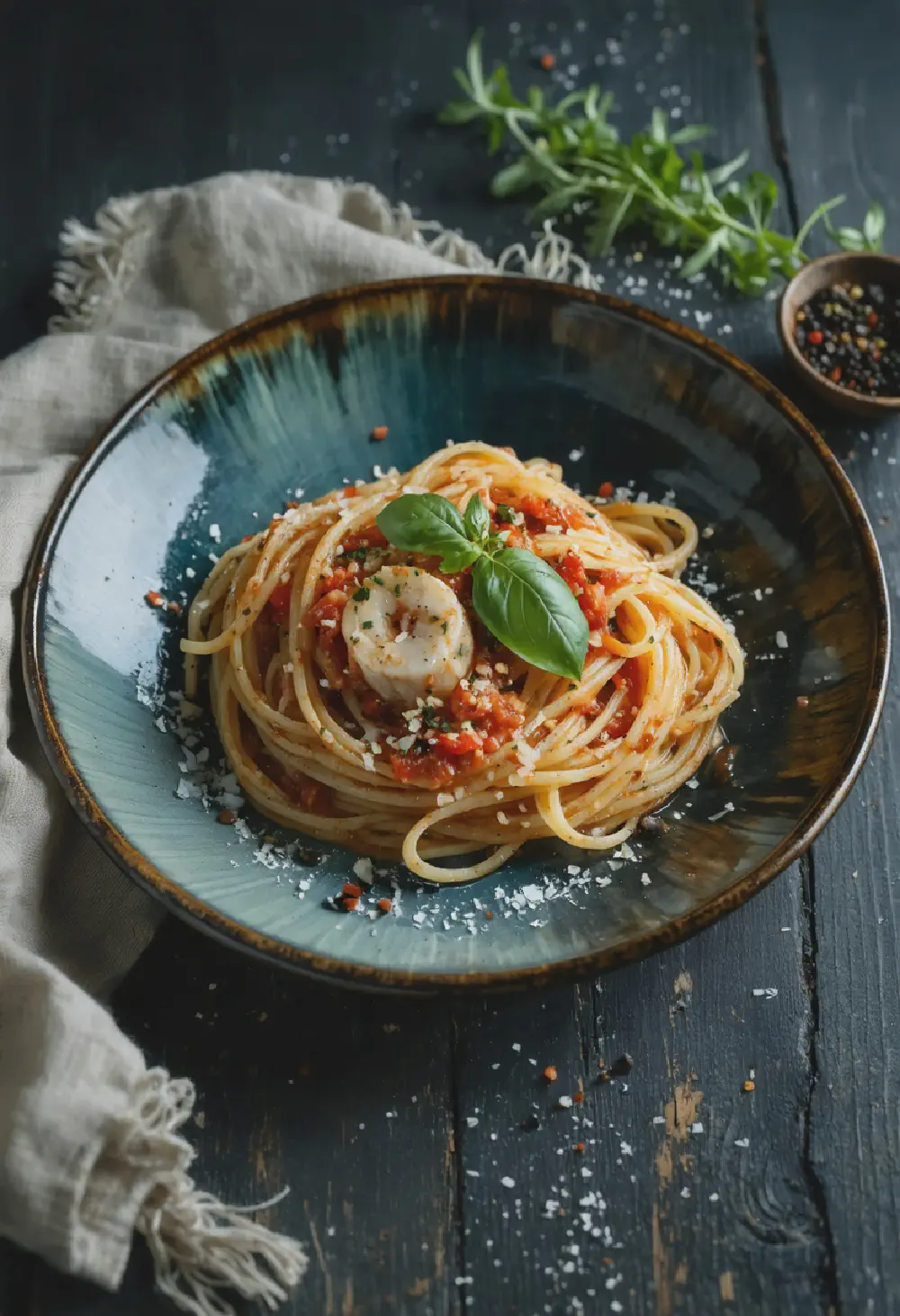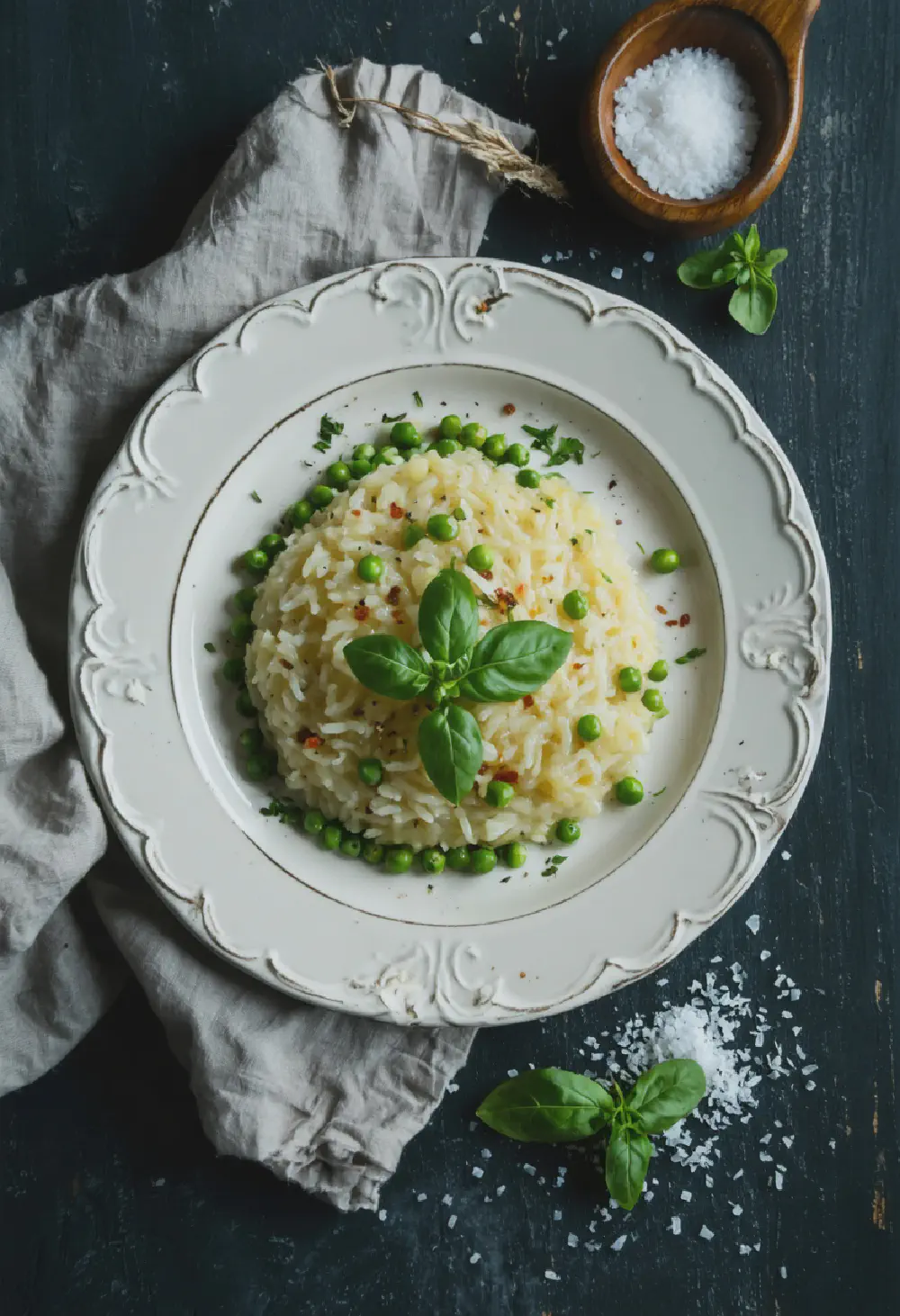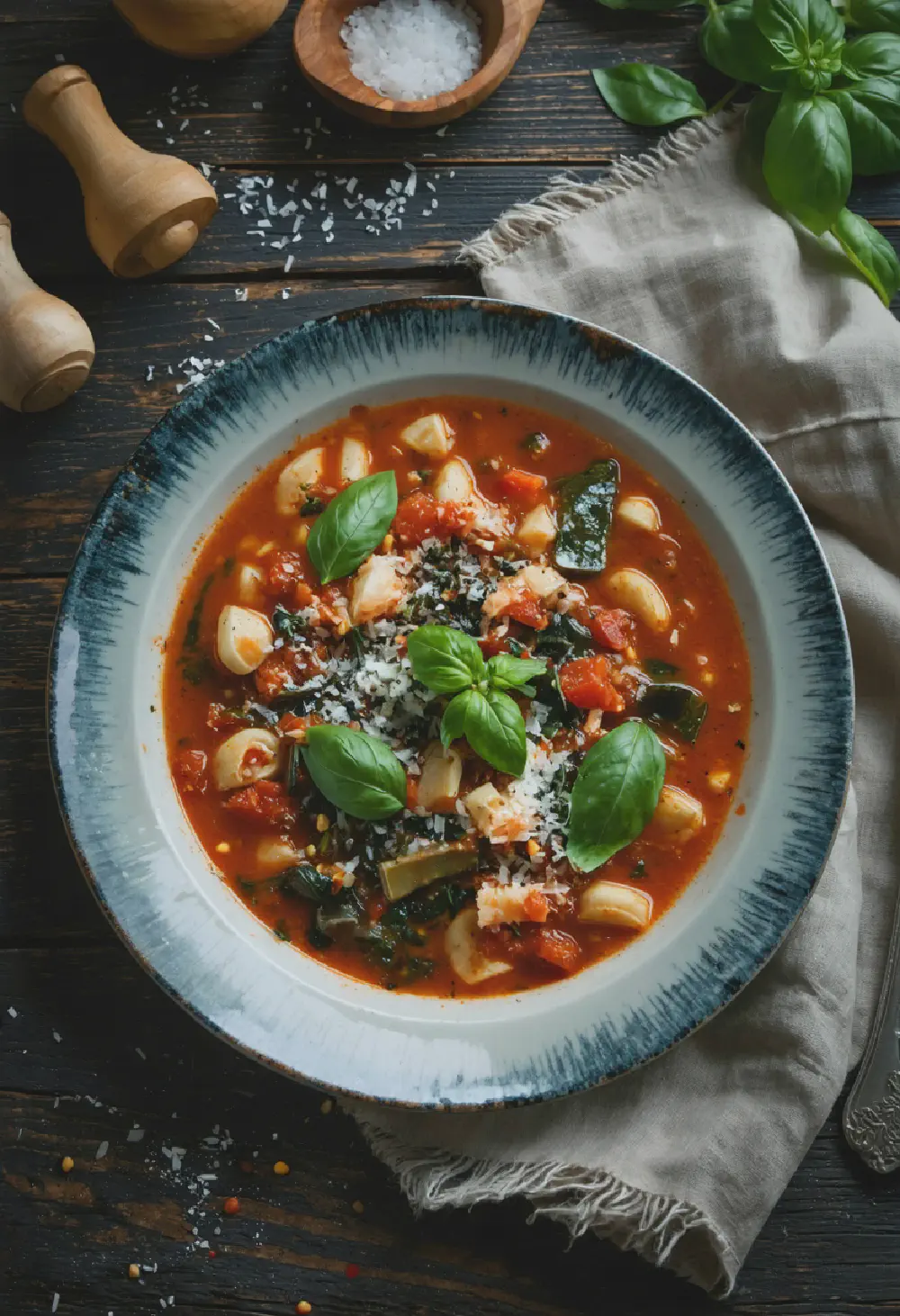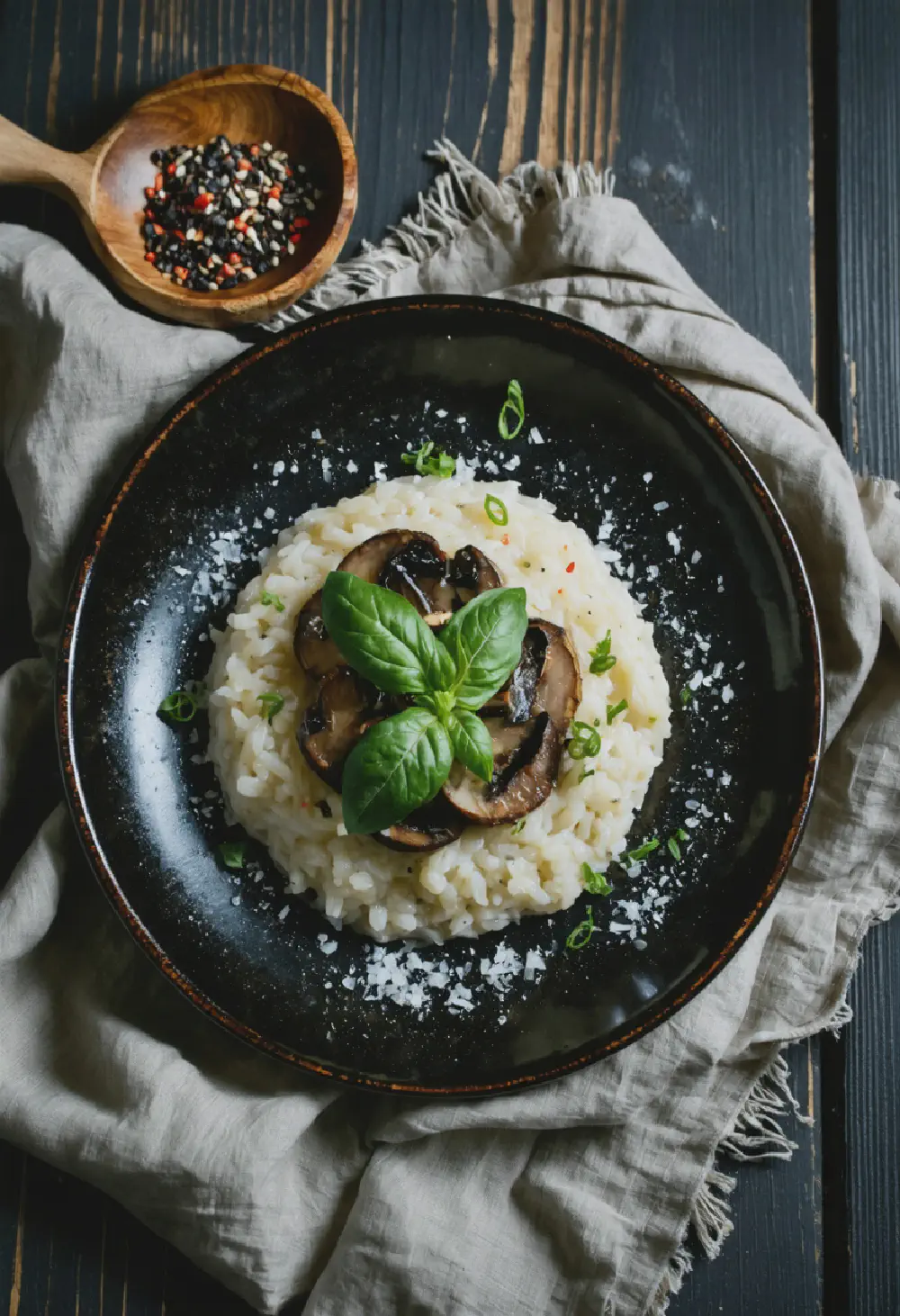Authentic Cacio e Pepe
10M
25M
- Makes 4 servings
- 400g spaghetti
- 200g Pecorino Romano cheese, finely grated
- 2 tsp freshly ground black pepper
- Salt, to taste
- Bring a large pot of salted water to a boil. Add the spaghetti and cook until al dente, according to package instructions.
- While the pasta is cooking, in a large skillet over medium heat, toast the black pepper until fragrant, about 1 minute.
- Reserve 1 cup of pasta cooking water, then drain the pasta.
- Add 3/4 cup of the reserved pasta water to the skillet with the pepper. Bring to a simmer.
- Reduce heat to low, add the drained pasta to the skillet, and toss to coat.
- Remove the skillet from heat, then gradually stir in the Pecorino Romano cheese, tossing constantly until the cheese is melted and the sauce is creamy. If the sauce is too thick, add more of the reserved pasta water, a tablespoon at a time, until desired consistency is reached.
- Serve immediately, garnished with additional grated Pecorino Romano and a sprinkle of black pepper if desired.
Authentic Cacio e Pepe: A Roman Delight
History
Cacio e Pepe, translating to “cheese and pepper,” is a classic dish that hails from the heart of Rome, Italy. Its origins trace back to the shepherds of the Apennine Mountains who needed a simple, nourishing meal that could be prepared with minimal ingredients while tending to their flocks. The dish’s simplicity is a testament to the ingenuity of Italian cuisine, where even the most basic ingredients can be transformed into a culinary masterpiece. As pasta became more widespread in Italy, Cacio e Pepe evolved into the beloved dish we know today, celebrated for its authentic Roman flavors.
Taste Profile
The taste profile of Authentic Cacio e Pepe is a harmonious blend of sharp, nutty Pecorino Romano cheese and the bold, spicy kick of freshly ground black pepper. The cheese melts into the hot pasta, creating a creamy, velvety sauce that coats each strand perfectly. The pepper adds a warm, aromatic depth that complements the richness of the cheese. Together, these three ingredients—pasta, cheese, and pepper—create a symphony of flavors that is both comforting and sophisticated, making Cacio e Pepe a standout dish in Italian cuisine.
Cultural Significance
In the realm of Italian cuisine, Cacio e Pepe holds a special place as a symbol of Roman culinary tradition. It embodies the essence of “cucina povera,” or “poor kitchen,” where humble ingredients are elevated through skillful preparation. This dish is a staple in Roman trattorias and home kitchens alike, often enjoyed as a quick yet satisfying meal. Its cultural significance extends beyond its taste, representing the resourcefulness and pride of Italian cooking. Whether served at a family dinner or a high-end restaurant, Cacio e Pepe remains a cherished dish that encapsulates the spirit of Rome’s gastronomic heritage.
